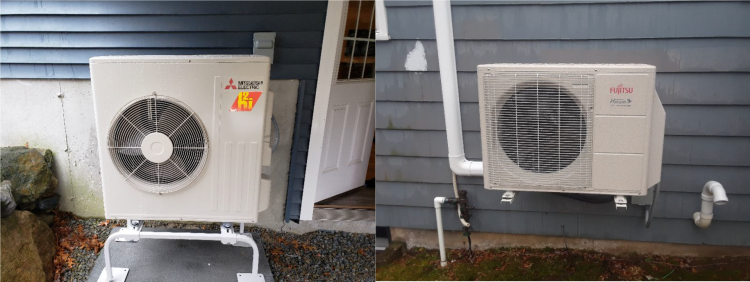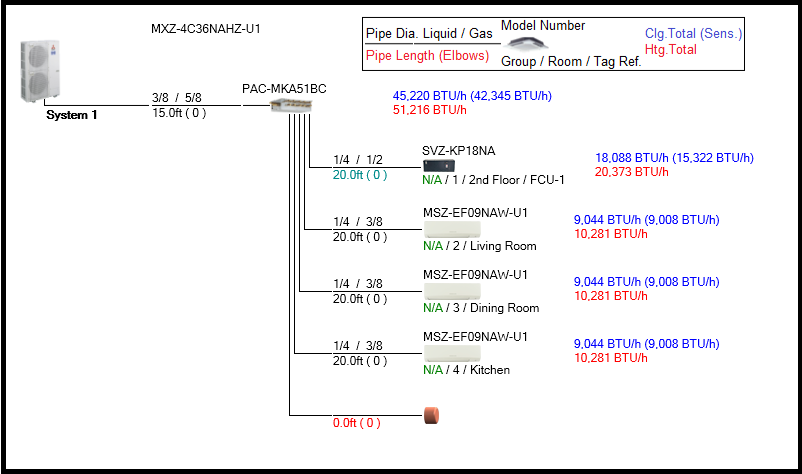
MassCEC’s whole-home air-source heat pump pilot program has been running for just over a month. As we promised, we’re planning to provide regular updates about this pilot. These monthly updates won’t have polished conclusions, but we hope that we can maximize the learning from this pilot by sharing results and getting input along the way.
In the first month of the pilot we’ve had four applications, which were all for retrofitting existing homes. In the coming month, we’re hoping to do more outreach to builders and developers to make sure that we get participation on the new construction side too.
We also had thirteen installers from ten companies submit their paperwork (including proof of manufacturer training) to be listed as participating installers for this pilot program. We don’t have projects from all those installers yet, but hopefully we will soon! While three of the four project applications were in the metro-Boston area, the participating installers are more geographically diverse, although we don’t have any participating installers further west than Williamsburg.
Two of our project applications were designed with Mitsubishi’s Diamond System Builder, which provided the design load heating and cooling capacity accounting for factors like line set length and ductwork. Although this software is publicly available, it is generally more targeted to firms that do commercial work, whereas residential contractors more typically use Mitsubishi’s Residential System Builder. The designers for these two project applications just happened to be familiar with the Diamond System Builder platform because they also work on commercial projects. Other manufacturers offer similar tools to help design and size systems. LG has several software platforms available, including LATS HVAC which assists in system design and predicts annual energy use, as well as plug-ins for Autodesk CAD and Revit. Fujitsu has its Infinite Comfort Pro App that allows installers to look up product information and design projects, including a built-in line set length checker.
In this past month, MassCEC also hosted a workshop on air-to-water heat pumps. The recordings from the workshop are available in on our YouTube channel (part one and part two). Although the U.S. market doesn’t have as many air-to-water products available as Asia and Europe, it was interesting to hear from national and international companies that are working to offer air-to-water products here. Over the last month, I’ve gotten several calls about air-to-water heat pumps, but so far we haven’t gotten any applications for air-to-water projects.
One final note on bathrooms. Heating bathrooms is often a tricky design issue for whole-home air-source projects. One applicant is planning to serve their bathroom with some underfloor electric radiant heat, and two more projects will serve at least one bathroom with a mini-ducted heat pump. We also had two applicants note that because the bathroom has an exhaust fan, it will draw conditioned air into the space.
Stay tuned for some early case studies! And as always reach out to me if you have any questions, comments, or ideas.
